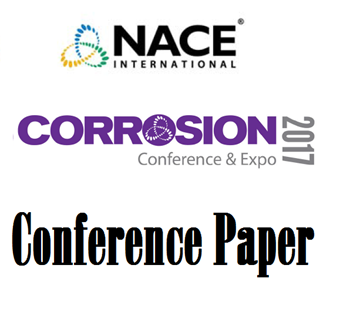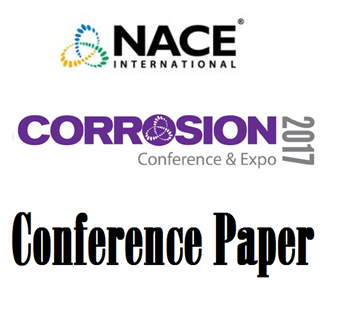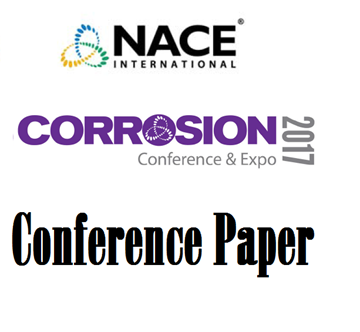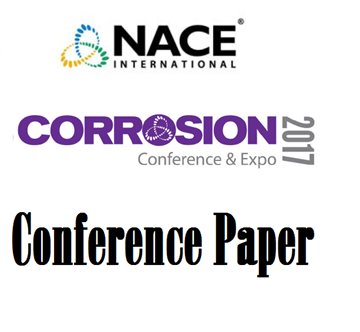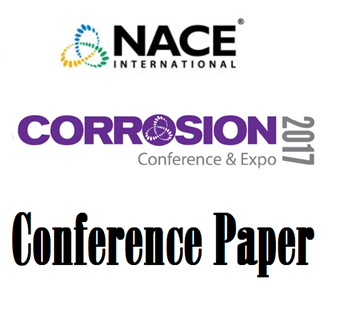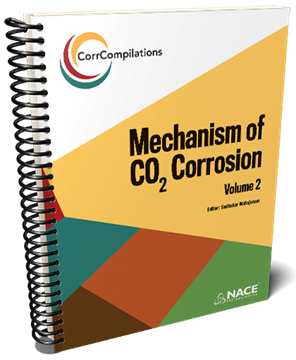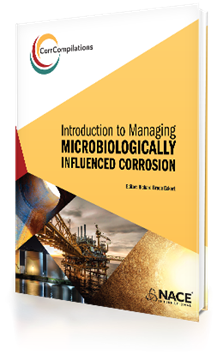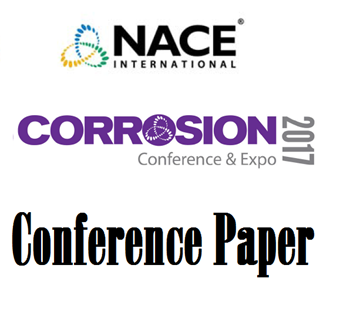Search
Oil and Gas Production
View as
Sort by
Display
per page
Assessing the Corrosivity of Field Produced Water in in-situ Oil Sands Water Treatment Systems
Product Number:
51317--9389-SG
ISBN:
9389 2017 CP
Publication Date:
2017
$20.00
Assessment of the Operating Window of 13Cr- 1Mo 110 ksi Well Tubulars in a Mild Sour Gas Environment
Product Number:
51317--9242-SG
ISBN:
9242 2017 CP
Publication Date:
2017
$20.00
Case Study for MIC Evaluation and Mitigation in Two Argentinian Oilfields
Product Number:
51317--9476-SG
ISBN:
9476 2017 CP
Publication Date:
2017
$20.00
Challenges of Implementing Chemical Treatment Preservation Programs on Oil Production Wells During a Prolonged Shutdown within Partioned Zone
Product Number:
51317--8966-SG
ISBN:
8966 2017 CP
Publication Date:
2017
$20.00
Chemical Resistance Of Epoxy Coatings In High Temperature And High Pressure And Aggressive Service Conditions.
Product Number:
51322-18028-SG
Publication Date:
2022
$20.00
Choice of Buffer Solution for Stainless Steel OCTG at Laboratory Corrosion Test to Carry Out SSC and SCC Resistance
Product Number:
51317--9288-SG
ISBN:
9288 2017 CP
Publication Date:
2017
$20.00
Control of Corrosion of Electrical Submersible Wells and Rod Pumped Wells in Varied Carbon Dioxide Environments Using Batch Treatment
Product Number:
51317--9450-SG
ISBN:
9450 2017 CP
Publication Date:
2017
$20.00
CorrCompilation: Mechanism of CO2 Corrosion, Volume 2 (e-book)
Product Number:
37627-E
ISBN:
978-1-57590-355-2
Publication Date:
2017
$126.00
CorrCompilations: Introduction to Corrosion Management of Microbiologically Influenced Corrosion (e-book)
Product Number:
37601-E
ISBN:
9781575902852
Publication Date:
2015
$130.00
Corrosion Inhibitor Film Stability Under High Gas Velocity Conditions of Subsea Wet Gas
Product Number:
51317--9247-SG
ISBN:
9247 2017 CP
Publication Date:
2017
$20.00
Corrosion of Nickel Alloys in Elevated Temperature Sour Gas Environments
Product Number:
51317--9135-SG
ISBN:
9135 2017 CP
Publication Date:
2017
$20.00

